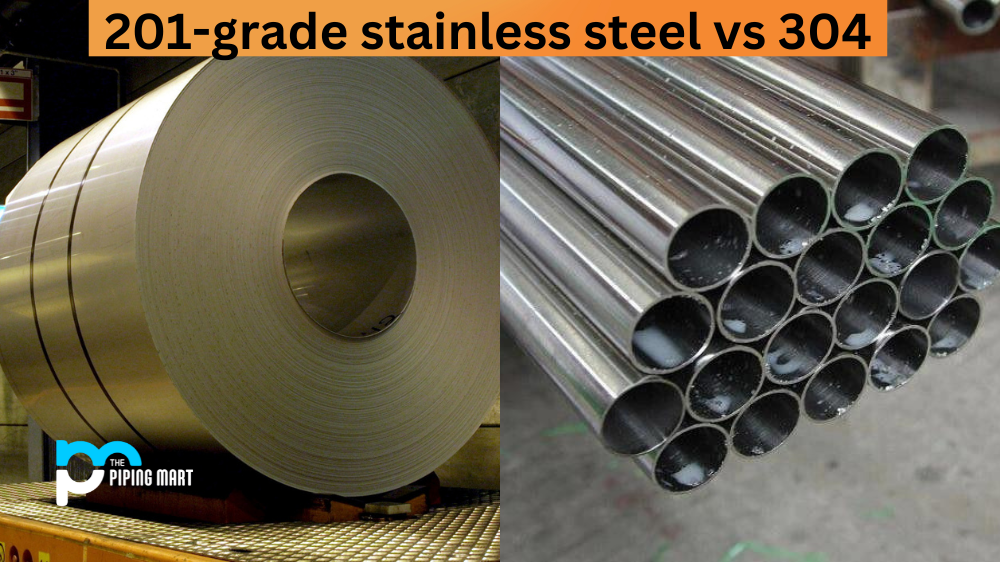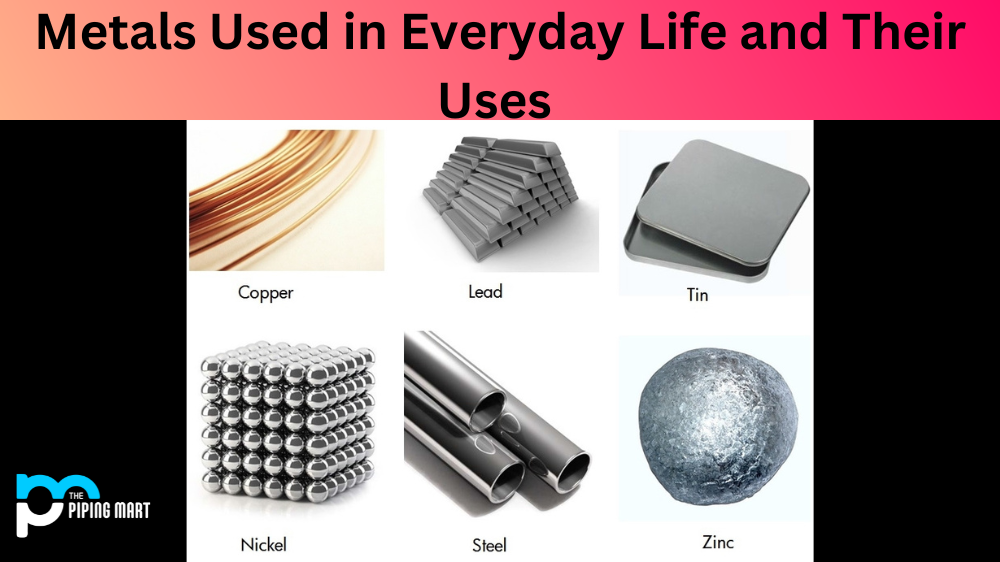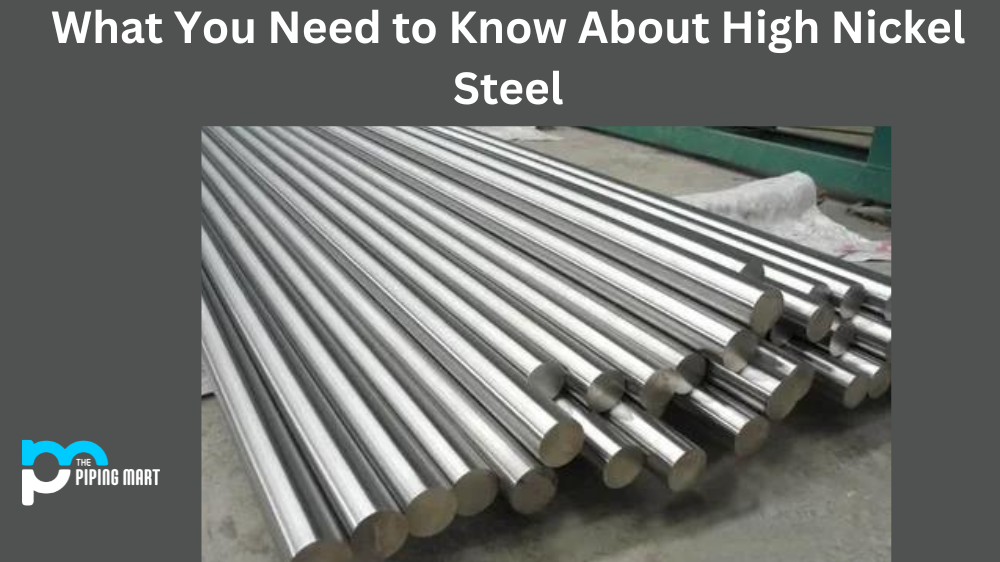Stainless steel is an incredibly popular material for a variety of applications, ranging from medical instruments and kitchen appliances to construction materials and jewellery. But did you know that not all stainless steel is created equal? There are a few different grades of stainless steel, each with its own unique properties. Today, we will be exploring the differences between 201-grade stainless steel and 304-grade stainless steel.
Difference Between 201-Grade Stainless Steel and 304
The two most common types of stainless steel grades are 201 and 304. Both have their own distinct advantages and disadvantages, and both have their own uses in different industries. Let’s take a closer look at the differences between these two grades so you can decide which one is best for your project.
One major difference between 201 grade stainless steel and 304-grade stainless steel is the composition. Grade 201 contains 17-19% chromium, 4-7% nickel, 0-5.50% manganese, 0-1% nitrogen, 0-0.15% carbon, 0-0.75% silicon, and up to 0.06% phosphorus. On the other hand, 304-grade stainless steel contains 18-20% chromium, 8-10% nickel, 0-2% manganese, 0-1% nitrogen, up to 0.08% carbon, up to 2 % silicon, and up to 0.045 % phosphorus. As you can see, there are some clear differences in terms of composition between these two grades of stainless steel, which will be important when selecting the right material for your project or application.
Another big difference between these two grades is in terms of corrosion resistance – specifically crevice corrosion resistance (CCR) – which is a measure of how well a material resists corrosion under environmental stressors such as saltwater or chlorine exposure or prolonged contact with moisture or acidic liquids like vinegar or lemon juice. In general, grade 304 has higher CCR than grade 201 due to its higher nickel content which helps it form an adherent protective layer on its surface more easily than grade 201 does when exposed to corrosive elements in the environment. This means that grade 304 is better suited for applications where protection from corrosive elements is necessary, such as food processing equipment or chemical storage tanks, while grade 201 can be used in less demanding environments like interior furniture pieces since it does not require as much CCR protection as its counterpart does under similar conditions.
Composition
One of the most important differences between grade 201 and grade 304 stainless steel is their composition. Grade 201 stainless steel contains less chromium than grade 304, which gives it lower corrosion resistance. Additionally, grade 201 stainless steel contains manganese and nitrogen, which can make it more difficult to weld than grade 304
Cost
Another difference between grade 201 and grade 304 stainless steel is their cost. Grade 201 stainless steel is typically less expensive than grade 304, but it is also less durable. This makes it a good choice for applications where durability is not a major concern, such as in food service or medical settings.
Weldability
Weldability is another key difference between grade 201 and grade 304 stainless steel. Grade 201 is much easier to weld than grade 304, making it a good choice for applications where welding is required. Grade 304, on the other hand, is more difficult to weld and is better suited for applications where welding is not required.
Corrosion Resistance
Corrosion resistance is one of the most important properties of stainless steel. Grade 201 has a lower corrosion resistance than grade 304, making it more susceptible to rusting and staining. This makes it a good choice for applications where corrosion resistance is not a major concern, such as in food service or medical settings.
Strength
Finally, strength is another key difference between grade 201 and grade 304 stainless steel. Grade 201 is stronger than grade 304, making it a good choice for applications where strength is a major concern. However, because it is stronger, grade 201 is also more difficult to form and weld than grade 304
Conclusion:
When deciding which type of stainless steel material is best suited for your needs, it’s important to consider the composition as well as the corrosion resistance capabilities of each grade before making your selection. In general, grade 304 has higher chromium content than grade, which makes it more resistant to corrosion but also means that it costs more. Grade 201, on the other hand, maybe less expensive but doesn’t provide quite as much protection against corrosive elements. Be sure you select the suitable material for your application by considering both options before making your final decision!

A passionate metal industry expert and blogger. With over 5 years of experience in the field, Palak brings a wealth of knowledge and insight to her writing. Whether discussing the latest trends in the metal industry or sharing tips, she is dedicated to helping others succeed in the metal industry.




